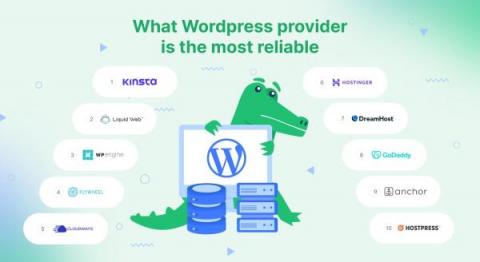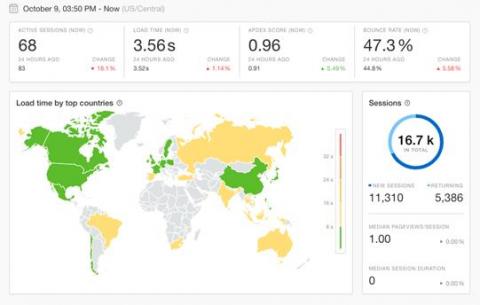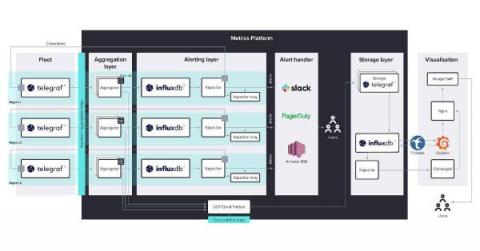10 Best WordPress Plugins for Website Monitoring
WordPress is the content management system that has found its place in the hearts of innumerable web developers and users around the world. You might be shocked to learn that almost 45% of all websites on the Internet are grounded on WordPress. The question is, “How do users monitor their WordPress website and check their critical metrics?” Any site needs to be monitored these days. There are countless online services that offer tools for external website monitoring.











